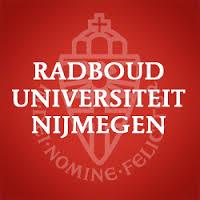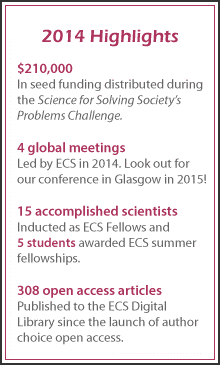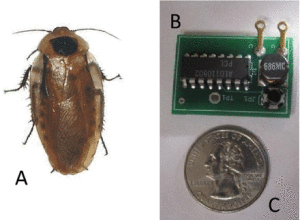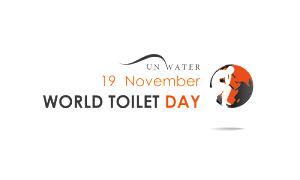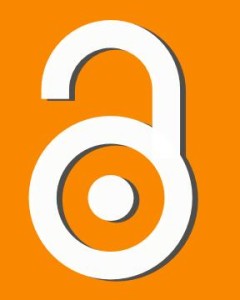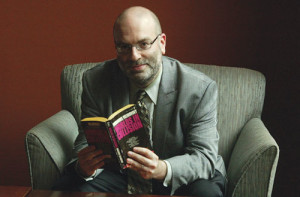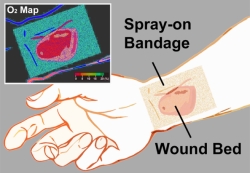John Lewis, ECS’ Associate Director of Meetings, spotted an article in Times Higher Education out of the UK last week on open access in the Netherlands — Elsevier’s home court. And yes, we are all a little obsessed with open access here in the office.
In January last year, Sander Dekker, the Dutch minister for education, culture and science, decreed that 60 per cent of Dutch research articles must be open access by 2019 and 100 per cent by 2024. Dutch university presidents responded by agreeing to make their renewal of subscription deals dependent on publishers taking steps to realise this goal.
Well, the current deal expired this month. No one was talking to each other for awhile, now both sides are back at the bargaining table. However, Gerard Meijer, president of Radboud University and one of the lead negotiators for the Dutch universities, insisted that Dutch universities were determined not to bend.
“We are willing to pay publishers for the work they do, but Elsevier’s profit margin is approaching 40 per cent, and universities have to do the [editing] work and pay for it. We aren’t going to accept it any longer. I think from the fact that Elsevier is not willing to move much, they simply still don’t believe it. Well, they got us wrong,” he said.
We’ll be keeping a close eye on this.


